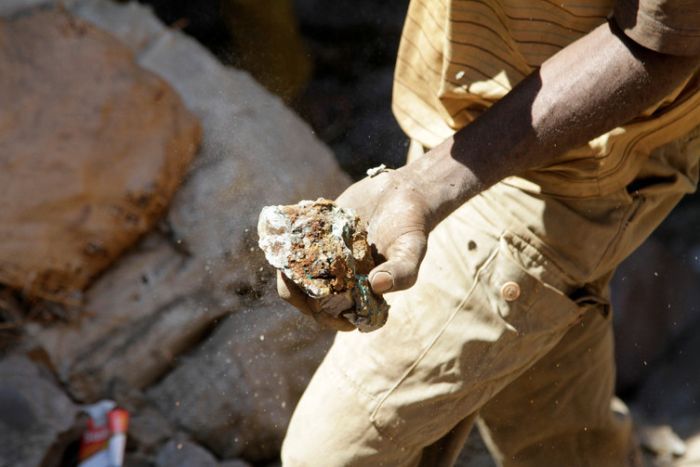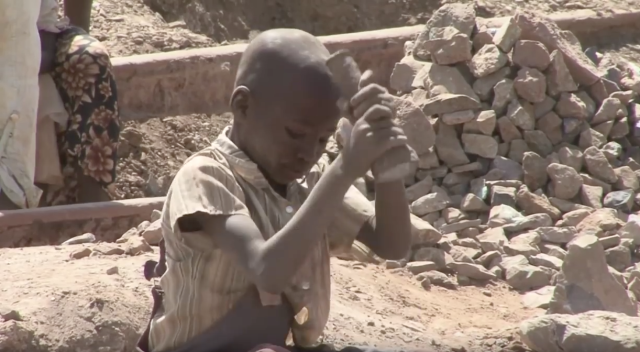

It is high time the big brands took some responsibility for the mining of the raw materials that make their lucrative products.”

“Millions of people enjoy the benefits of new technologies but rarely ask how they are made. “The glamourous shop displays and marketing of state of the art technologies are a stark contrast to the children carrying bags of rocks, and miners in narrow manmade tunnels risking permanent lung damage,” said Mark Dummett, Business & Human Rights Researcher at Amnesty International. Sustainable cobalt mining gin the DRC is still considered the best option for all involved, particularly the West.The report, “This is what we die for: Human rights abuses in the Democratic Republic of the Congo power the global trade in cobalt”, traces the sale of cobalt, used in lithium-ion batteries, from mines where children as young as seven and adults work in perilous conditions. Solving these issues is not easy because banning mining in the Democratic Republic of Congo would mean that industrial mines would take over and that might lead to more problems. This work also leads to recreational recklessness, furthering the country’s social problems of alcoholism and prostitution. Young men who are looking for quick cash often start working in mines because they earn much more there than they do as farmers. The results of an ongoing study suggest that miners’ newborn babies have increased risks of birth defects.Īrtisanal cobalt mining also causes other problems. There was more DNA damage in children living in the mining area than those who were from the control group. Long-term health affects are not clear yet, but it’s clear that toxic metals are not good for the body.

The study may be limited, but the results show that mining clearly enters the bodies of people who live in surrounding areas, causing adverse affects on their health. These numbers were much more higher than what would be accepted at European factory workers. The Results Were Alarming:Ĭhildren who lived in the mining district had 10 times as much cobalt in their urine as children living elsewhere. A control group with similar composition was selected in the neighbouring district. The researchers collected urine and blood samples from 72 of the Lasulo residents, which included 32 children. The dust is released during the mining process and it settles on the ground. The biggest problem is dust because it contains the cobalt and other metals such as uranium. Mine pits surround houses in that area, where hundreds of creuseurs hunt for cobalt. The researchers conducted the case study in Kasulo – an urban neighbourhood in Kolwezi, which is the hub of the Congolese mining area. Previous research by the university and the KUU Leuven found high concentrations of trace metals in the urine of people who live close to the mines. Researchers at KY Leuven, and at the University of Lubumbashi have found that cobalt mining has lead to bad health in both diggers who work in the mines, as well as on the environment. Around 60 per cent of the world’s cobalt supply comes from the Katanga region of the Congo.

And the Democratic Republic of the Congo is the global leader in cobalt supply. The demand for cobalt, which is used as a major component in rechargeable lithium-ion batteries for electric cars, and smartphones has placed high levels of demand for its increase.


 0 kommentar(er)
0 kommentar(er)
